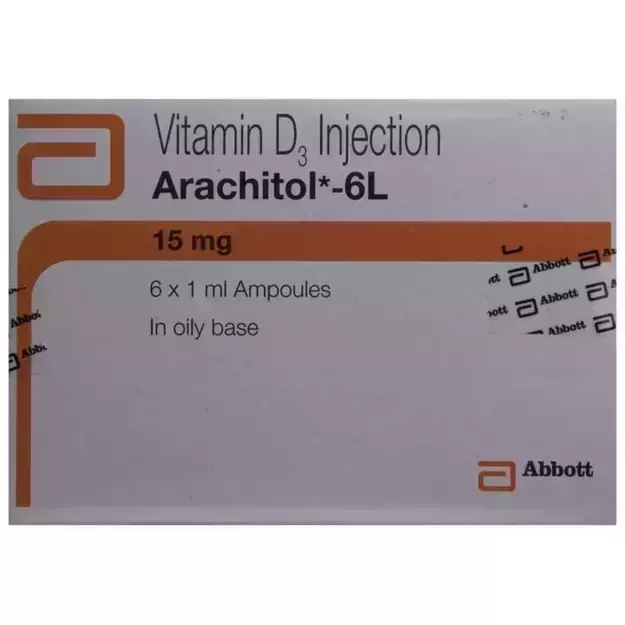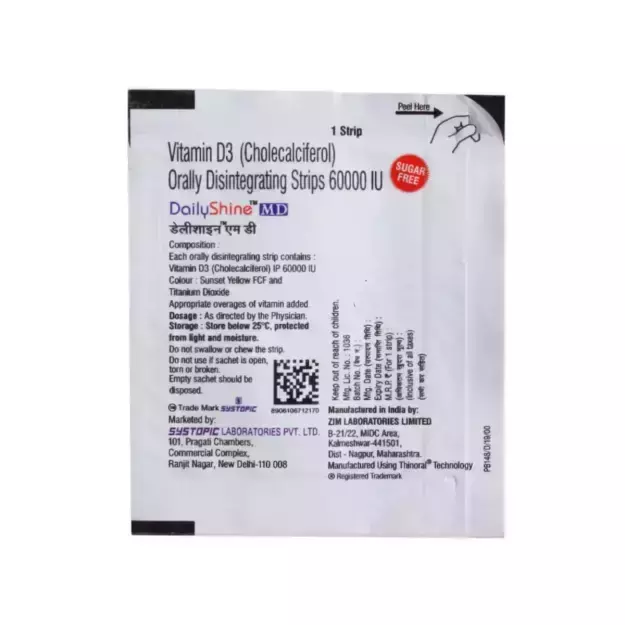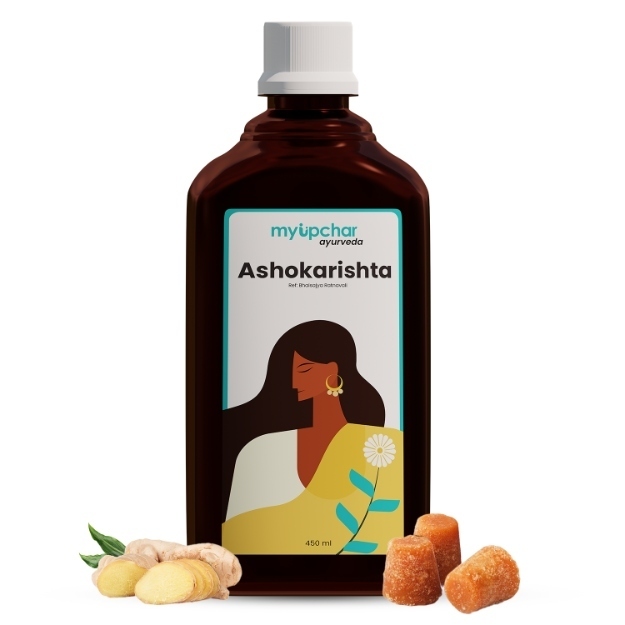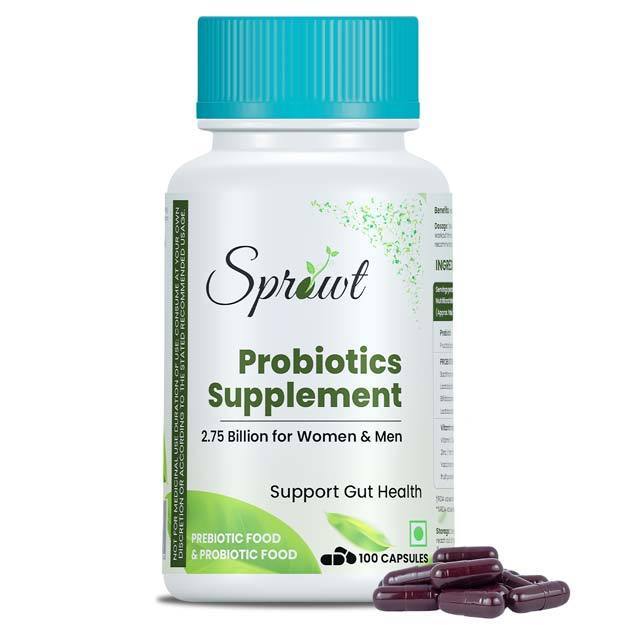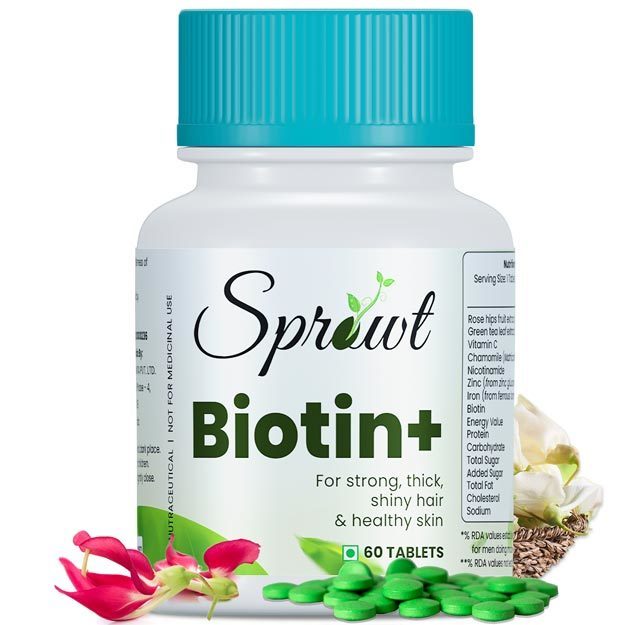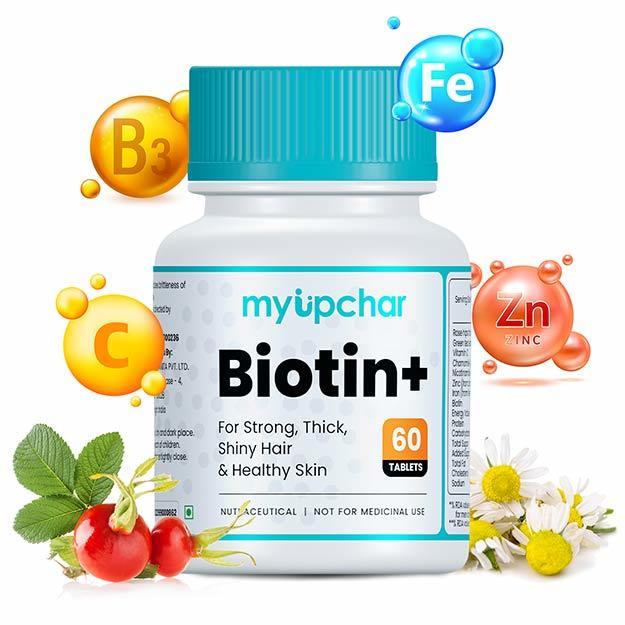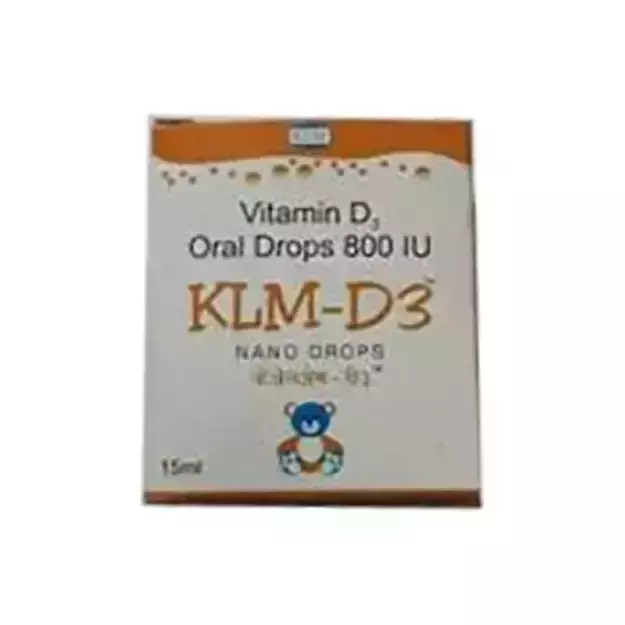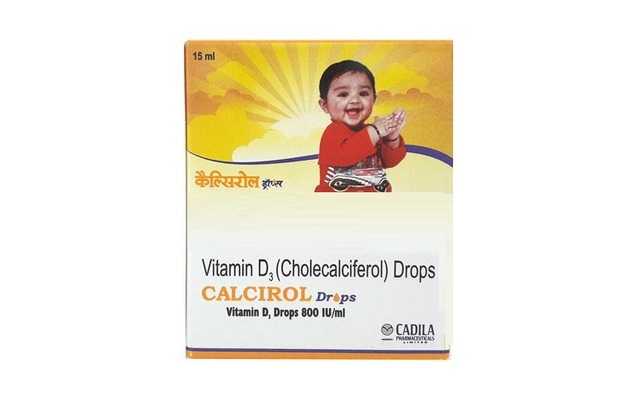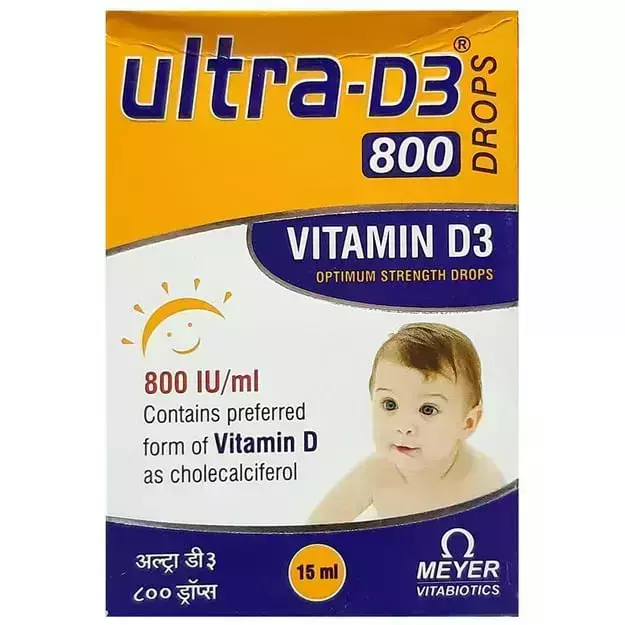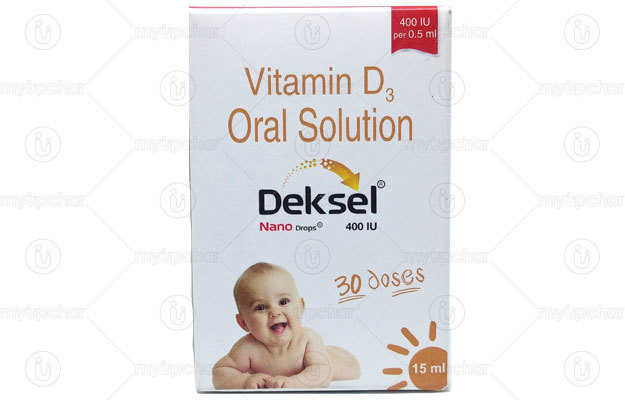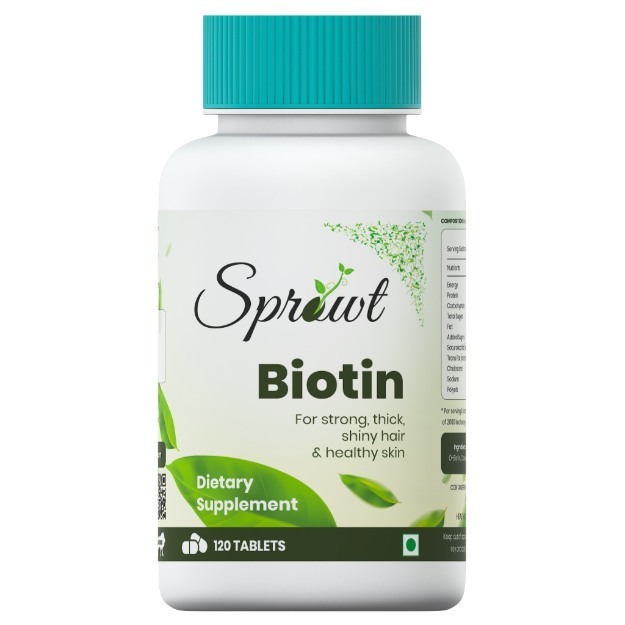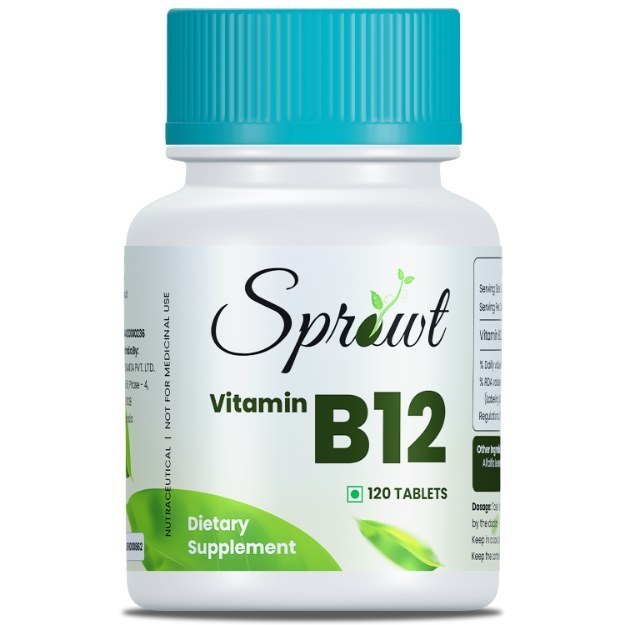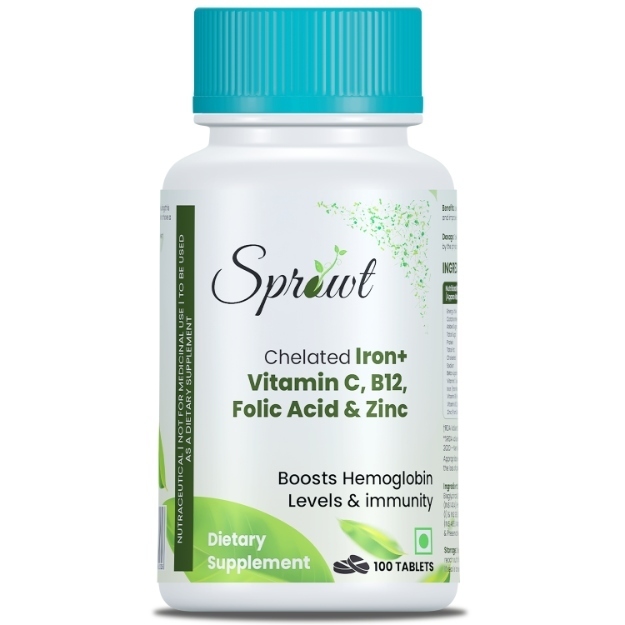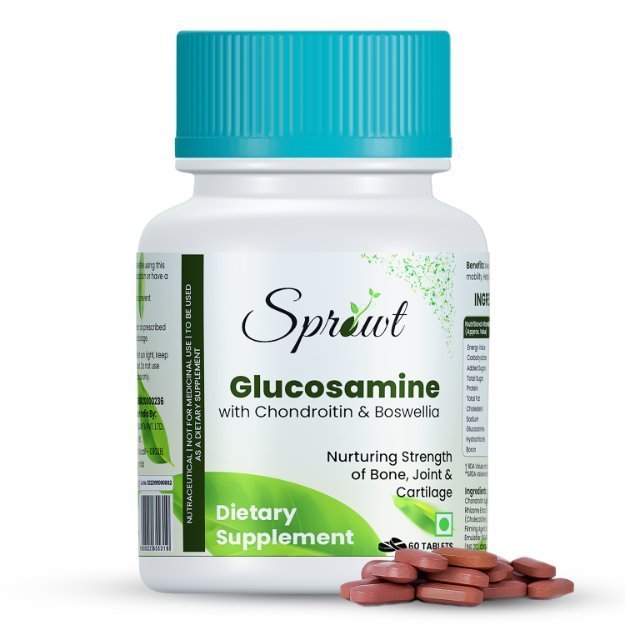Arachitol, a prescription drug, is manufactured in various forms such as Drops,Injection,Solution. Primarily, it is used for the treatment of Nutritional Deficiency, Vitamin D Deficiency. Arachitol also has some secondary and off-label uses. These are listed below.
Medical history of the patient along with age and gender determines the dosage of Arachitol. The condition it has been prescribed for, and the route of administration also determine the right dosage. For detailed information on this, read through the dosage section.
Besides the aforementioned side effects, there are other adverse effects of Arachitol as well, which are listed below. Usually, these side effects of Arachitol go away soon, and do not persist beyond the duration of the treatment. Consult your doctor if these side effects become worse or stay for a longer duration.
Furthermore, you should know that effect of Arachitol is Safe for pregnant women and Safe for women who are breastfeeding. In addition, Arachitol's effects on the liver, heart and kidney are discussed below in the Arachitol related warnings section.
Individuals suffering from medical conditions like Kidney Disease must refrain from the use of Arachitol since this can cause severe adverse effects. The section on Arachitol contraindications lists all such conditions.
Additionally, Arachitol may also adversely react with other medicines. A complete list of these interactions is given below.
Along with the above-mentioned precautions, remember that taking Arachitol is considered safe while driving, and is addictive.
X

